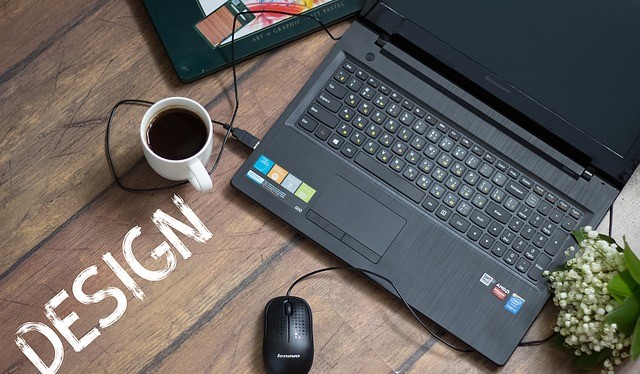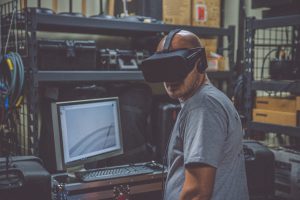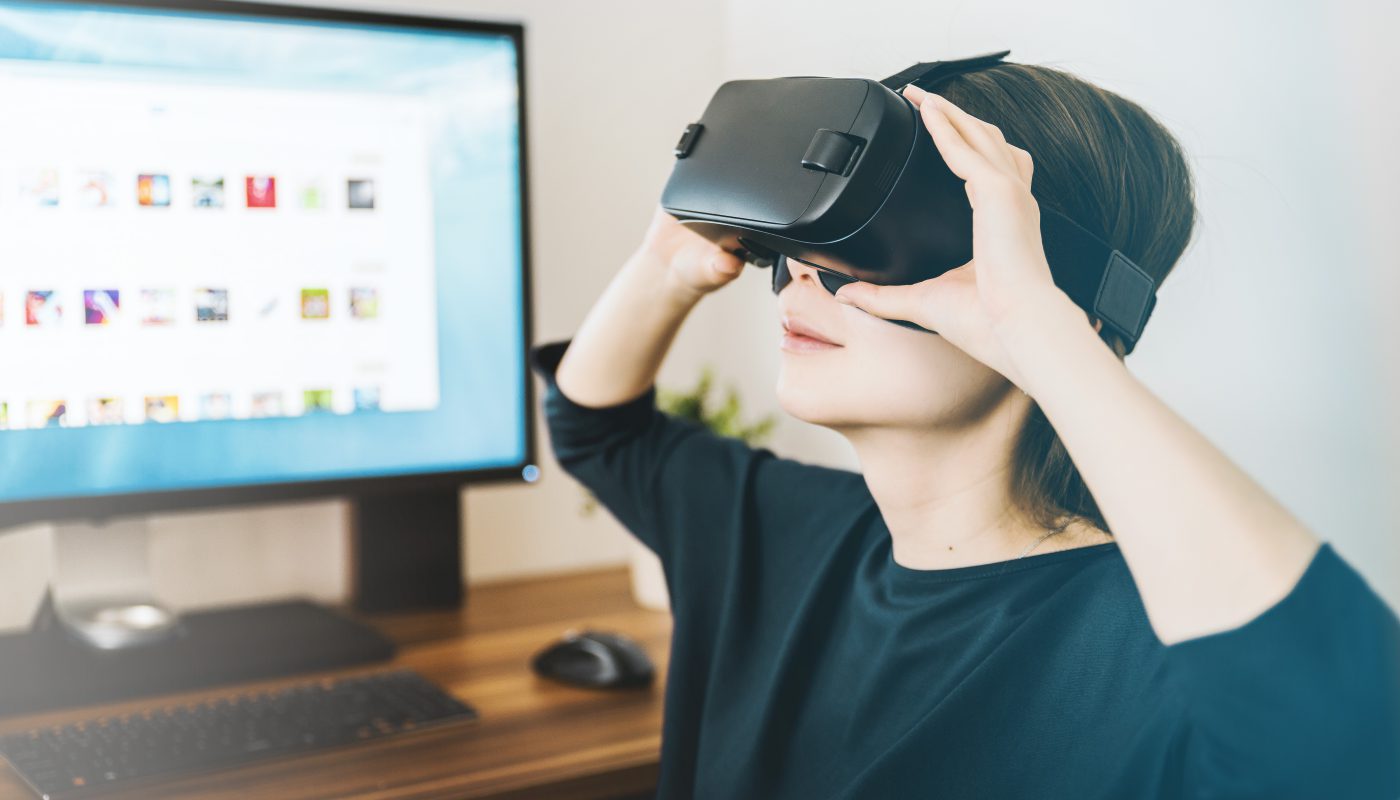VR is an emerging field and a profitable one, at that, just like Play Kasino in the world of online gaming. Because of this, many designers have dedicated their precious time to mastering designing games, software, and movies for the experience. Let’s talk about how you can begin your quest of designing for VR.
What Is VR Design?

VR design is, quite plainly, the design of a virtual reality environment. You create a horror story, a thrilling roller-coaster ride, or a game where the player’s choice influences the outcome by transporting them into a virtual world. Sounds amazing, right?
VR design is a fast-growing market, so if you have any doubts about whether you should invest time and money into this endeavor, I suggest you sort them out as quickly as possible. It doesn’t have to be in the entertainment industry. VR has seen great success in education, introspection, treating mental illnesses, virtual tourism, and many other fields. You can go into it with the intention of making money, improving mankind, or solving a particular problem you yourself have been struggling with.
Getting Started
First of all, you need to understand how VR works from the point of view of the users. Acquire a VR headset, preferably one that fits your budget and experience firsthand the wonders that the virtual world brings. I would like to stress the part about finding something your finances can handle, as most of the VR technology is expensive beyond belief, so there’s no reason to buy a professional gaming set if you’re just interested in trying it out.
What Experience Do I Need?
While this is a new field and everyone starts off more or less the same, there is some advantage to being a UX and/or UI designer. They already know what the user is likely to think and actions they are likely to take. That being said, any graphic designer with the basic understanding of how to use shapes, colors and visual hierarchy (covered in my previous post) already knows a few designing tricks. Don’t reinvent the wheel, at least not yet. The patterns are there for a reason.

Software
You should use the software you are already familiar with, but don’t forget to keep an open mind and learn new things. Sketch offers a few interesting options and Unreal Engine is one of the most common engines used for games these days, but if you are looking for something a bit more complex and sophisticated for the object rendering, go with Maya or something similar. Again, I am not paid to mention these products, they are simply the first that come to mind. If you know a better option, feel free to go with that.
Interface

What platform do you have in mind? Do you want to create a VR product for mobile phones only or is there more to it? Do you plan on having a large consumer base or are you interested in a niche, like surgeon-training? These questions will help you choose what type of framework you want to go with.
Furthermore, consider how users can interact with the environment and the objects. Will they require a button or joystick, or will they need only look at an object for an allotted amount of time before something happens?
Getting Comfortable
UX designers already know that the user needs to feel at ease when using the product. VR requires movement, so take that into account when building your game (or whatever it is you have in mind). Ergonomics are a large part of how the user feels while experiencing what you have in store for them, so make sure they don’t get into any unnatural or uncomfortable positions.




